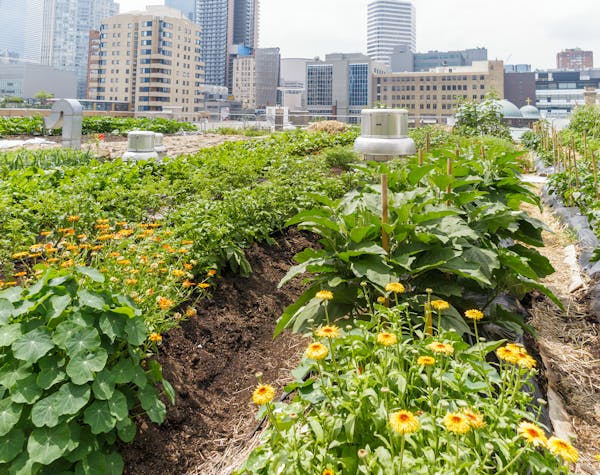Report shows food and farming is massively underfunded in climate plans
Food production, processing, distribution, consumption, and waste account for nearly a third of total global greenhouse gas emissions, but food systems receive just $9.3 billion (3%) of public climate finance annually, according to a new analysis from the Global Alliance for the Future of Food.
Philanthropic organizations urge action
In 2022, One Earth and 13 other philanthropic organizations sent an open letter to the Egyptian COP27 President Sameh Shoukry, urging him to recognize the importance of food systems and use the meeting to ensure food systems get the attention and funding needed.
Climate plans lack critical focus on food
The report analyzed UNFCCC data on current climate plans, known as Nationally Determined Contributions (NDCs), and found over 70% of countries are missing detail on food systems reform. This means low and middle-income countries are not mobilizing climate finance, and all countries are missing the opportunity to dramatically reduce their emissions and adapt to climate change.
Governments continue to underestimate and underfund food systems transformation as a climate solution: developing countries requested only $14 billion in climate finance for food systems last year, compared to $64 billion for energy and transport measures.
The report's significant points
The report also highlights:
- Transitioning to more sustainable food systems could reduce global greenhouse gas (GHG) emissions by at least 10.3 Gt CO2eq a year by 2050. This is equivalent to 20% of emission reductions needed to meet the Paris Agreement’s 1.5°C target.
- An estimated $300-350 billion annually is needed to make food systems sustainable and climate resilient. This is less than the $611 billion spent annually on farming subsidies, 86% ($528bn) of which has potentially destructive impacts on climate, biodiversity, and health.
- The amount of harmful public finance is 57 times greater than climate finance going to food systems.
- Public climate finance for food systems has quadrupled over the last five years but starts from a low base. This trend must continue to meet climate goals.
Prioritize food systems in national climate plans
The report recommends that countries put far greater attention on food systems in their NDCs. Low-income countries, in particular, should set out transition plans that can then be used to mobilize international climate finance for both mitigation and adaptation purposes. High-income countries should provide more climate finance for food systems and make their domestic food and agriculture policies consistent with their climate goals.
Read Full Report.jpg?auto=compress%2Cformat&w=1440)

.jpg?auto=compress%2Cformat&h=600&w=600)
